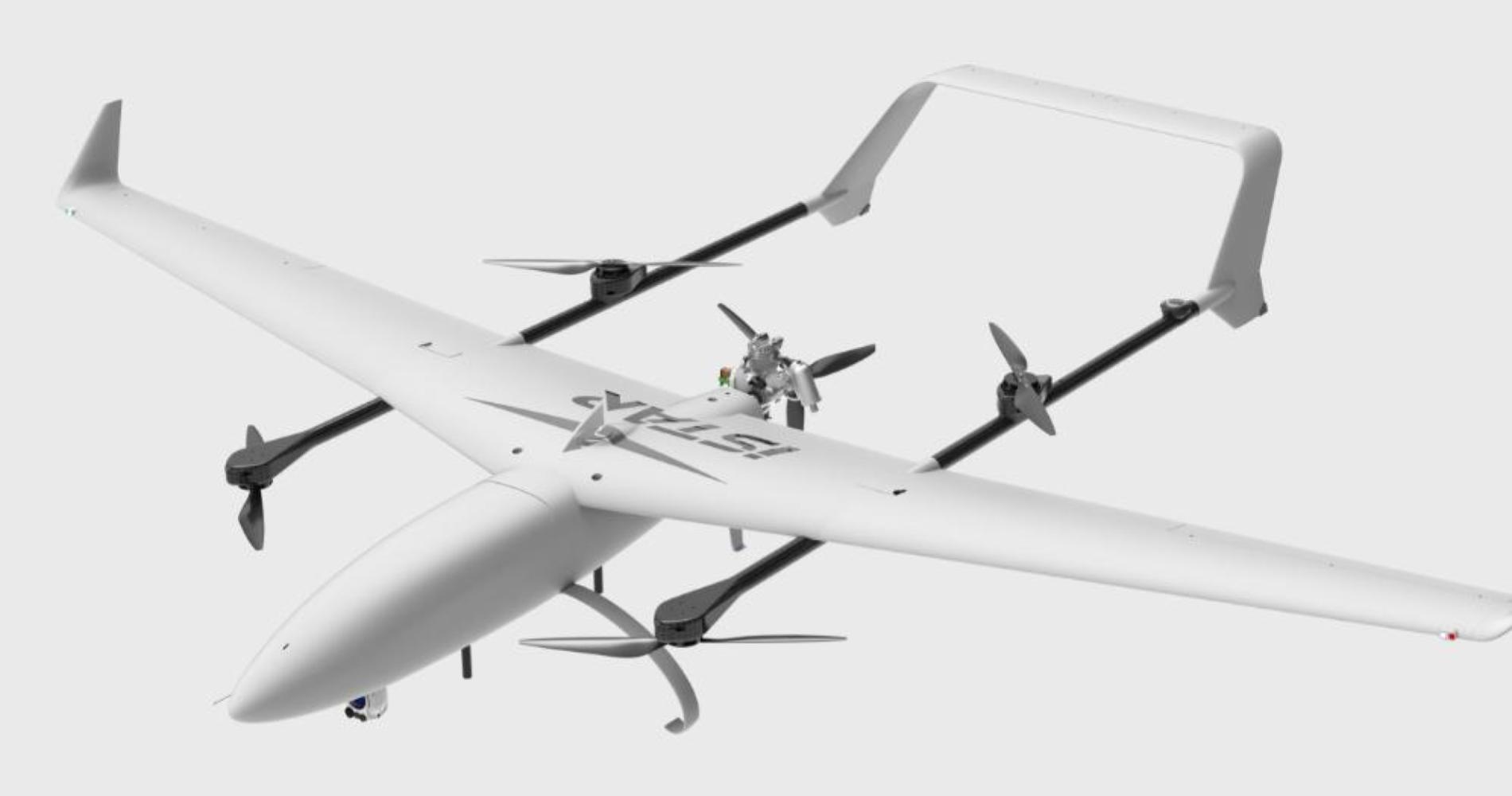While the vertical lift & land advantages are clear, they are challenged by payload weight limitations, poor stability, and low- efficiency mission endurance.
The VTOL system utilises rotors to generate lift and thrust, requiring more power than a fixed-wing aircraft, which only needs a propulsion system as its wings generate lift. From single-rotor to multi-rotor propulsion, the evaluations in the field of VTOL technology focuses highly on enhancing the systems’ reliability. Aircraft are gradually becoming smaller and lighter, and so are the payloads mounted on them, which positively affects their performance and stability.
VTOL technology will develop at all scales into a more capable force as runways and fixed operations decrease. We will be able to operate from remote sites more effectively as well as for longer periods of time.
– Says Shai Issler, the CEO of iSTAR UAVs, a provider of industry-leading unmanned aircraft systems and technologies. iSTAR specialises in VTOL technology and platforms. Issler continues: “These exciting progresses of shifting into a world of more flexible means of aviation operations and maintenance is becoming very interesting to watch.“
The VTOL challenge excepted
VTOL unmanned aircraft have become more modular, designed for wide-area surveillance missions, covering more ground each mission and having varied payload selection and capacity. Longrange and endurance, capabilities that were not associated with VTOL aircraft in the past are becoming an industry standard and keep on evolving and progressing.
New technologies in eVTOL and battery-powered UAVs are shifting the industry towards more urban and commercial uses and expanding military and law enforcement applications. Further development of on-demand VTOL air mobility produces elegantly designed VTOLs that are easy to use in both the autonomous and transitional stages of operation.
It drives us to re-examine new power sources and propulsion, manufacturing advanced components, and enhancing the overall configurations and design. But most importantly, it pushes us to reimagine the new generation of aerial capabilities; This is a a significant but achievable and exciting challenge.

